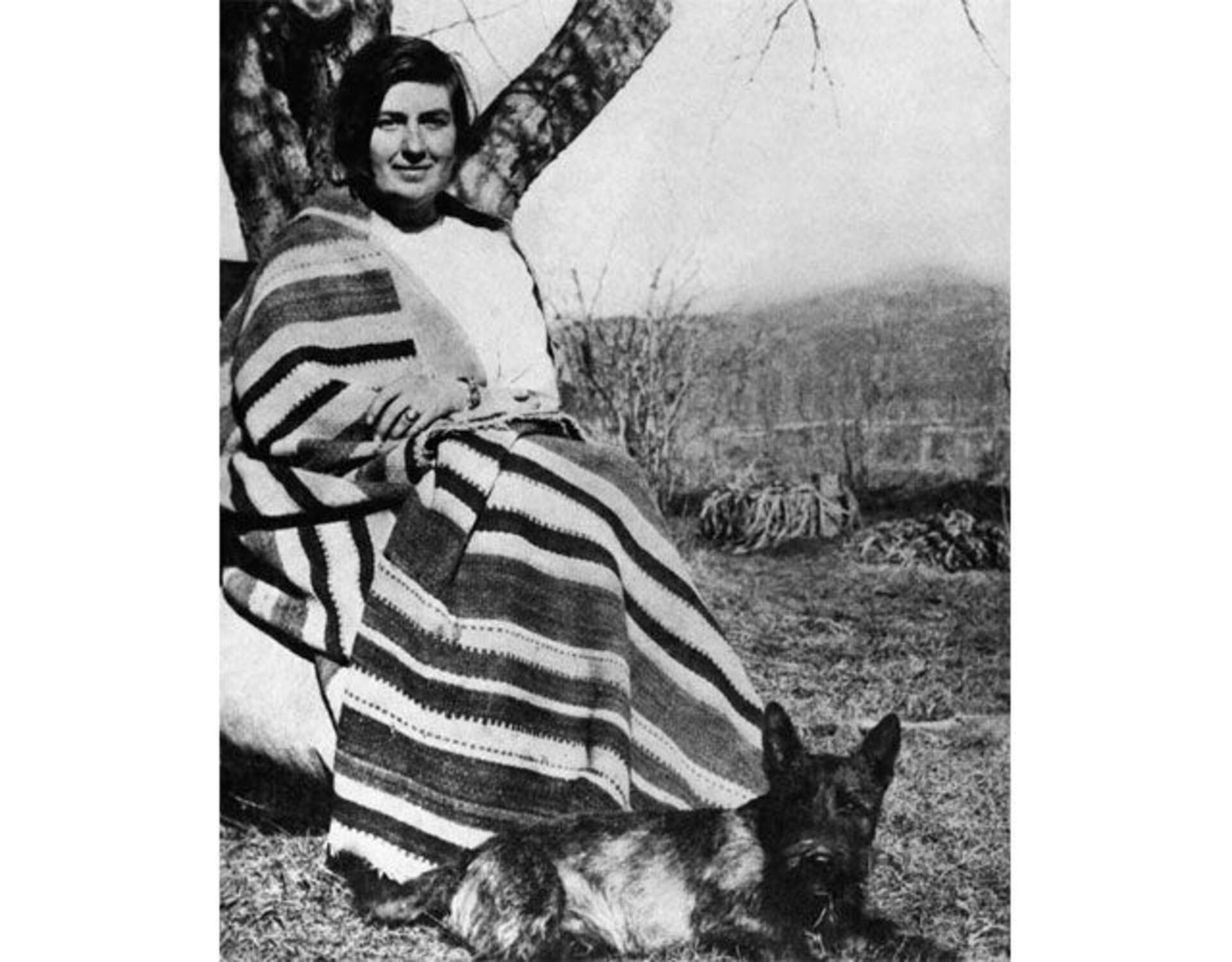Mabel Dodge Luhan
(1879-1962)
American
Born: Buffalo, New York, USA
In the second decade of the twentieth century, Mabel Dodge was known internationally as the “New Woman,” a sexually liberated radical whose wealth enabled her to be a patron of artists, writers, philosophers, and reformers who defined the avant-garde. Born Mabel Ganson in Buffalo, New York, she led a rebellious life, eager to break from conservative society. In 1900, she married Karl Evans, and their son, John, was born in 1902. After Karl died in a hunting accident, Mabel and John traveled to Europe. In Paris she met the wealthy Boston architect Edwin Dodge, whom she married in 1904, starting a new chapter in her aesthetic life. They settled in a former Medici palace near Florence, Italy called the Villa Curonia, which her former teacher, Buffalo photo-pictorialist Rose Clark, helped to decorate. Here Mabel created a new Renaissance salon to entertain the leading cultural elite. Among her guests were Gertrude and Leo Stein, Alice B. Toklas, André Gide, James Joyce, painter Jacques-Émile Blanche, Pablo Picasso, Arthur Rubinstein, and American art historian Bernard Berenson.
In 1912, Mabel moved to New York City, separated from her husband, and created a salon at 23 Fifth Avenue in Greenwich Village for “movers and shakers” who challenged bourgeois morals and inextricably altered life in America. Among the many cultural change agents who gathered there in soirées from 1913 to 1916 known as “Wednesday Evenings” were women’s birth control champion Margaret Sanger, political radicals Emma Goldman and John (Jack) Reed, writer/reporter Walter Lippmann, artists Charles Demuth, Georgia O’Keeffe and Alfred Stieglitz, philosopher/activist Max Eastman, Harlem Renaissance writer/photographer Carl Van Vechten, and muck-racking journalist Lincoln Steffens. Mabel promoted their revolutionary ideas—such as free love, working-class struggles, and Sigmund’s Freud’s concepts of psychoanalysis—through her own syndicated newspaper column and articles in The Masses, a left-wing literary and political journal, as well as The Dial and Stieglitz’s Camera Work. She also engaged in mounting and promoting the International Exhibition of Modern Art, known as “The Armory Show,” held in New York in 1913. The massive, ground-breaking exhibition introduced European modernism to the far more conservative American public.
Mabel’s next ill-fated marriage (1917-1922) was to Maurice Sterne, an American painter and sculptor. They lived in Provincetown, Massachusetts and upstate New York, before Sterne convinced her to come to Taos, New Mexico. She grew to love the Southwest, while Sterne could not adjust; and they soon parted ways. From 1918–1947, Mabel Dodge Luhan influenced legions of European and American “movers and shakers” to find in northern New Mexico’s physical and cultural landscapes new aesthetic, social, and cultural perspectives on modern life, eventually bringing modern art to northern New Mexico, putting Taos on the national and international maps of the avant-garde and creating a “Paris West” in the American Southwest. The last mission of Mabel’s life, to preserve Native American land and culture, was motivated, in part, by her marriage to Taos Pueblo Antonio (Tony) Lujan in 1923. (She changed the spelling of her name to Luhan so people would pronounce it correctly.)
